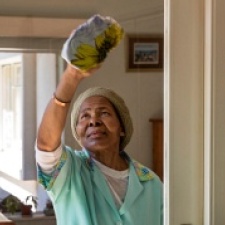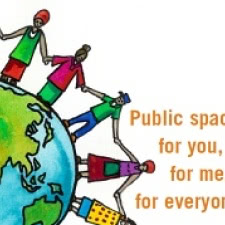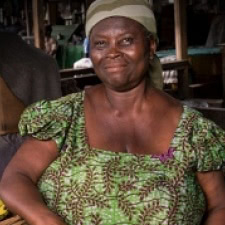Advanced Search
Search Results
172 results found
In August 2020, The Global Labour University launched a free self-paced Massive Open Online Course (MOOC), Global Supply Chains in Times of COVID-19, to provide practitioners, scholars and unionists from around the world with critical knowledge on the impact of the COVID-19 on workers in global...
The Working in Garment Supply Chains: A Homeworker’s Toolkit was developed in response to a demand by HNSA’s membership. It aims to offer an understanding on global and domestic garment supply chains, the issues faced within these supply chains and highlights existing legal instruments. It also...
The Working in Garment Supply Chains: A Homeworker’s Toolkit was developed in response to a demand by HNSA’s membership. It aims to offer an understanding on global and domestic garment supply chains, the issues faced within these supply chains and highlights existing legal instruments. It also...
Marlese Von Broembsen, Director of WIEGO’s Law Programme, participated in a moderated virtual discussion on strengthening EU policy measures to address children’s rights in business operations and supply chains.
“When we think of work-from-home, let us enable and promote better living and working conditions not just for the elite, but also for the large number of vulnerable and often invisible home-based workers,” say WIEGO’s Shalini Sinha and Malavika Narayan in this article published in Scroll , a...
Workers at the bottom of the garment supply chain — subcontracted homeworkers, mostly women, who stitch from homes for some of the leading brands, often for pennies — are the most vulnerable and easily forgotten workers. In this COVID-19 crisis, they have been devastated by a lack of wages and lost...
Las personas trabajadoras en la parte inferior de la cadena de suministro textil (trabajadoras subcontratadas, en su mayoría mujeres, que cosen desde sus hogares para algunas de las principales marcas, a menudo a cambio de centavos) son las más vulnerables y a quienes se las olvida más fácilmente...
Les travailleuse·eur·s au bas de la chaîne d'approvisionnement du vêtement – des travailleuses sous-traitantes à domicile, notamment des femmes qui cousent à la maison pour certaines des plus grandes marques, souvent pour quelques centimes – sont les plus vulnérables et facilement oubliées. Dans...
This guide explains the OECD Guidelines for Multi-National Enterprises (MNEs), the MNEs’ responsibilities to workers in their supply chains; the provisions that relate specifically to homeworkers; and how the complaints process works. It also suggests how membership-based organizations (MBOs) of...
This paper interrogates the potential of contemporary international law instruments to realize decent work for homeworkers. It grounds the discussion with reference to data on homeworkers in Bulgaria. The paper argues that the complex labour relations of the global economy necessitates a multi...
Videos / Slideshows / Audio
Millions of women work long hours, in dangerous conditions, for little pay. They are fighting for change, with the help of ILO Convention 189 on Decent Work for Domestic Workers. Watch this video to learn how.
Workers Education/Organizing Materials
This manual helps street vendors learn more about the regulations that govern public space and how to defend the right to work in public space. It describes successful actions taken by street vendor organizations. And it offers information to help you organize and negotiate with local government.
WIEGO Working Papers
Mike Rogan reviews how informal workers are taxed, why there is growing interest in taxing them, and whether they should be included in the tax net.



